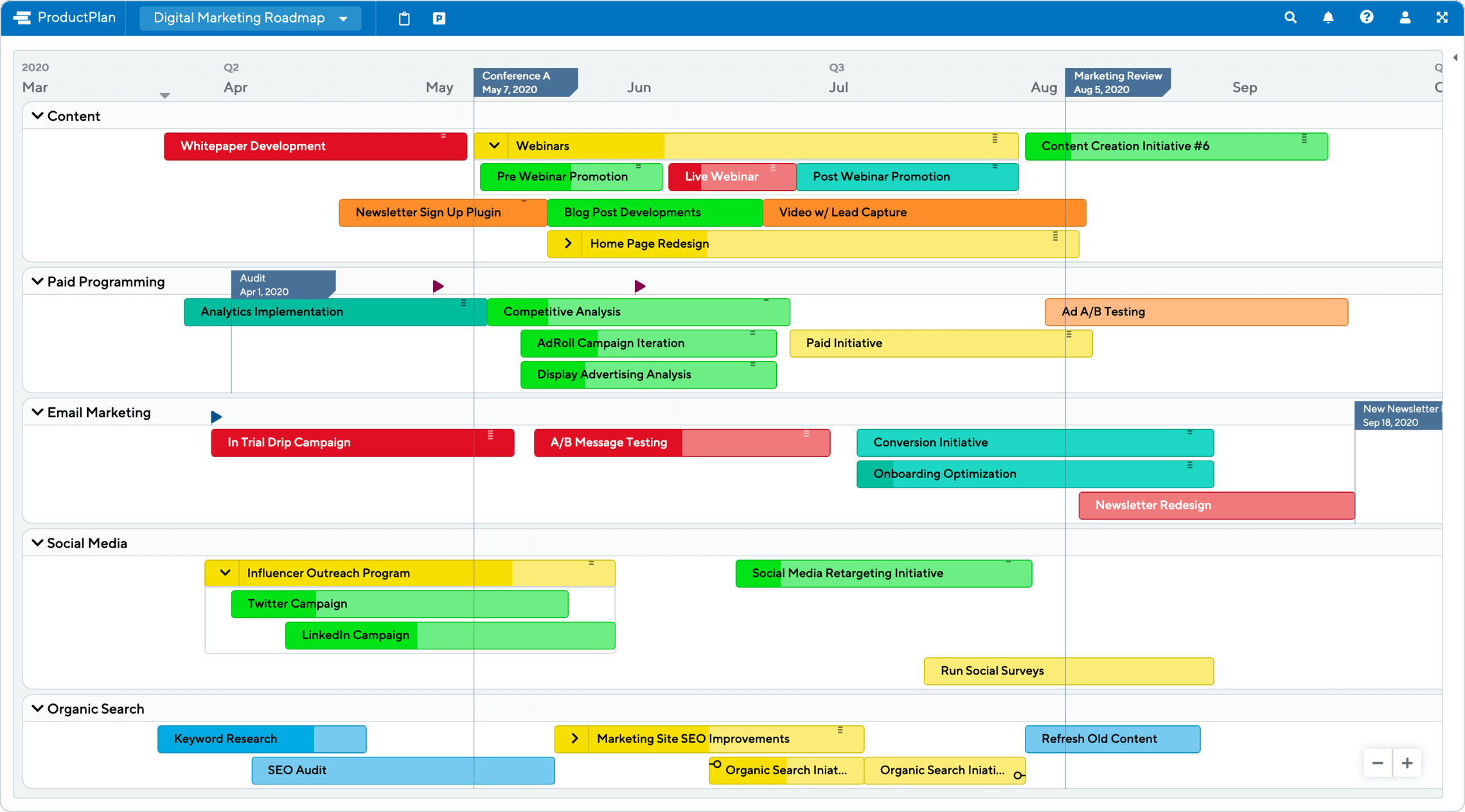Uncover The Essence Of Gridnem: A Comprehensive Guide
What is GridNeM?
GridNeM stands for Grid Network Emulator, a powerful tool that allows researchers and network engineers to test and evaluate the performance of various networking technologies and protocols in a controlled and realistic environment.
With GridNeM, users can simulate complex network topologies, including routers, switches, and end devices, and configure them with different traffic patterns and network conditions. This enables them to analyze network performance metrics such as latency, throughput, and packet loss, and identify potential bottlenecks or areas for improvement.
GridNeM is particularly valuable for evaluating the performance of new networking technologies, such as software-defined networking (SDN) and network function virtualization (NFV), as well as for optimizing existing networks to meet changing demands and requirements.
Overall, GridNeM is an essential tool for network research and development, enabling engineers and researchers to gain deep insights into network behavior and performance, and to design and optimize networks that meet the demands of modern applications and services.
What is GridNeM?
GridNeM is a powerful tool that enables researchers and network engineers to test and evaluate the performance of networking technologies and protocols in a controlled and realistic environment.
- Network emulation: GridNeM allows users to simulate complex network topologies and configure them with different traffic patterns and network conditions.
- Performance analysis: GridNeM enables users to analyze network performance metrics such as latency, throughput, and packet loss, and identify potential bottlenecks or areas for improvement.
- Technology evaluation: GridNeM is particularly valuable for evaluating the performance of new networking technologies, such as software-defined networking (SDN) and network function virtualization (NFV).
- Network optimization: GridNeM can be used to optimize existing networks to meet changing demands and requirements.
- Research and development: GridNeM is an essential tool for network research and development, enabling engineers and researchers to gain deep insights into network behavior and performance.
In summary, GridNeM is a versatile and powerful tool that provides valuable insights into the performance and behavior of networks. It is used by researchers and network engineers to evaluate new technologies, optimize existing networks, and advance the field of networking.
Network emulation
Network emulation is a key capability of GridNeM, enabling users to create virtual representations of real-world networks, complete with routers, switches, and end devices. This allows researchers and network engineers to test and evaluate the performance of new networking technologies and protocols in a controlled and realistic environment.
For example, GridNeM can be used to simulate a large-scale enterprise network with multiple data centers and branch offices. Engineers can then test the performance of a new routing protocol in this simulated environment, analyzing metrics such as latency, throughput, and packet loss. This allows them to identify potential bottlenecks or areas for improvement before deploying the new protocol in the real network.
GridNeM's network emulation capabilities are also valuable for research and development. Researchers can use GridNeM to test new network architectures and protocols, and to study the behavior of networks under different conditions. This research can lead to new insights into network design and optimization, and can help to advance the field of networking.
In summary, network emulation is a fundamental component of GridNeM, enabling users to simulate complex network topologies and configure them with different traffic patterns and network conditions. This capability is essential for testing and evaluating new networking technologies and protocols, for optimizing existing networks, and for conducting research in the field of networking.
Performance analysis
Performance analysis is a critical aspect of GridNeM, as it allows users to evaluate the effectiveness of their network designs and configurations. By analyzing key performance metrics such as latency, throughput, and packet loss, network engineers can identify potential bottlenecks or areas for improvement, ensuring that their networks operate at optimal levels.
- Latency: Latency refers to the time it takes for a data packet to travel from one point to another on a network. High latency can lead to delays and disruptions in applications and services, such as video conferencing or online gaming. GridNeM enables users to measure latency and identify network components or configurations that are causing delays, allowing them to take steps to reduce latency and improve network performance.
- Throughput: Throughput measures the amount of data that can be transmitted over a network in a given amount of time. Insufficient throughput can lead to slowdowns and congestion, particularly in networks that handle large volumes of data. GridNeM allows users to analyze throughput and identify network bottlenecks or limitations that are restricting data flow, enabling them to optimize their networks for higher throughput.
- Packet loss: Packet loss occurs when data packets are dropped or lost during transmission. Excessive packet loss can lead to errors and disruptions in applications and services, as well as reduced network efficiency. GridNeM enables users to measure packet loss and identify network components or configurations that are causing packet loss, allowing them to troubleshoot and resolve the issue.
- Bottleneck identification: By analyzing latency, throughput, and packet loss, GridNeM helps users identify bottlenecks or areas for improvement in their networks. A bottleneck is a point in the network where traffic is congested or delayed, leading to performance degradation. GridNeM can pinpoint the location of bottlenecks and provide insights into their causes, allowing network engineers to take targeted actions to resolve the issue.
In summary, performance analysis is a key capability of GridNeM that enables users to analyze network performance metrics, identify potential bottlenecks or areas for improvement, and optimize their networks for better performance and efficiency.
Technology evaluation
GridNeM's network emulation capabilities make it an ideal tool for evaluating the performance of new networking technologies in a controlled and realistic environment. This is especially important for complex technologies such as SDN and NFV, which can be difficult to test and evaluate in real-world networks.
- SDN evaluation: GridNeM can be used to evaluate the performance of SDN controllers and applications. This can help to identify potential bottlenecks or areas for improvement in SDN deployments.
- NFV evaluation: GridNeM can be used to evaluate the performance of NFV solutions. This can help to identify potential performance issues or compatibility problems before deploying NFV in a real-world network.
- New protocol evaluation: GridNeM can be used to evaluate the performance of new networking protocols. This can help to identify potential issues or limitations with new protocols before they are widely adopted.
- Vendor comparison: GridNeM can be used to compare the performance of different networking products from different vendors. This can help network engineers to make informed decisions about which products to purchase.
Overall, GridNeM is a powerful tool for evaluating the performance of new networking technologies. It can help network engineers to identify potential issues or limitations with new technologies before they are deployed in real-world networks.
Network optimization
Network optimization is a critical aspect of GridNeM's capabilities, as it allows network engineers to improve the performance and efficiency of existing networks. GridNeM enables users to analyze network performance, identify bottlenecks, and implement changes to optimize network configurations and resource allocation.
The importance of network optimization cannot be overstated in today's rapidly evolving networking landscape. As businesses and organizations increasingly rely on their networks to support mission-critical applications and services, the demand for high-performing and reliable networks has never been greater. GridNeM provides network engineers with the tools they need to optimize their networks to meet these changing demands and requirements.
For example, GridNeM can be used to optimize networks for specific applications or services. For instance, an enterprise may use GridNeM to optimize its network for video conferencing, ensuring that employees have a high-quality experience with minimal latency and packet loss. Additionally, GridNeM can be used to optimize networks for cloud computing, ensuring that applications and data can be accessed quickly and reliably.
In summary, network optimization is a key component of GridNeM's capabilities, enabling network engineers to improve the performance and efficiency of existing networks to meet changing demands and requirements. This is critical in today's networking landscape, where businesses and organizations rely heavily on their networks to support mission-critical applications and services.
Research and development
GridNeM plays a vital role in the research and development of new network technologies and protocols. By providing a controlled and realistic environment for testing and evaluation, GridNeM enables engineers and researchers to gain deep insights into network behavior and performance. This is critical for developing new technologies that are more efficient, reliable, and secure.
For example, GridNeM has been used to develop new routing protocols that can improve the performance of large-scale networks. GridNeM has also been used to evaluate the performance of new security technologies, such as intrusion detection systems and firewalls. Additionally, GridNeM has been used to study the behavior of new network architectures, such as software-defined networks (SDNs) and network function virtualization (NFV).
The research and development that is conducted using GridNeM has a direct impact on the future of networking. By developing new technologies and protocols that are more efficient, reliable, and secure, GridNeM is helping to build the networks of the future.
FAQs about GridNeM
GridNeM (Grid Network Emulator) is a powerful tool for testing and evaluating the performance of networking technologies and protocols. It is used by researchers and network engineers to gain deep insights into network behavior and performance. Here are answers to some frequently asked questions about GridNeM:
Question 1: What is GridNeM used for?
GridNeM is used for testing and evaluating the performance of networking technologies in a controlled and realistic environment. It allows researchers and network engineers to simulate complex network topologies and configure them with different traffic patterns and network conditions.
Question 2: What are the benefits of using GridNeM?
GridNeM provides several benefits, including the ability to test new networking technologies before deploying them in real-world networks, optimize existing networks to improve performance, and conduct research on network behavior and performance.
Question 3: Who uses GridNeM?
GridNeM is used by researchers and network engineers in academia, industry, and government. It is a valuable tool for anyone who needs to test and evaluate the performance of networking technologies.
Question 4: How do I get started with GridNeM?
There are several resources available to help you get started with GridNeM, including documentation, tutorials, and online forums. You can also find training courses and workshops offered by GridNeM experts.
Question 5: Is GridNeM free to use?
Yes, GridNeM is free and open-source software. You can download it from the GridNeM website.
Question 6: What are the future plans for GridNeM?
The GridNeM team is actively working on new features and enhancements. These include support for new networking technologies, such as 5G and Wi-Fi 6, and improved scalability and performance.
GridNeM is a powerful tool that can be used to improve the performance and reliability of networks. It is a valuable resource for researchers and network engineers.
Next steps
To learn more about GridNeM, visit the GridNeM website or read the GridNeM documentation.
What is GridNeM?
In summary, GridNeM is a powerful tool that enables researchers and network engineers to test and evaluate the performance of networking technologies and protocols in a controlled and realistic environment. It provides a wide range of capabilities, including network emulation, performance analysis, technology evaluation, network optimization, and support for research and development.
GridNeM plays a vital role in advancing the field of networking. It is used by researchers and engineers to develop new technologies and protocols, optimize existing networks, and gain deep insights into network behavior and performance. GridNeM is a valuable tool for anyone who needs to test and evaluate the performance of networking technologies.
Article Recommendations



Detail Author:
- Name : Miss Alanna Schaefer
- Username : kaley.herman
- Email : greyson.miller@turner.net
- Birthdate : 1971-09-20
- Address : 66303 Haylie Way Suite 079 Sydniport, WI 35545
- Phone : 1-858-258-1037
- Company : Kautzer Inc
- Job : Machine Tool Operator
- Bio : Ea aut doloribus omnis laudantium. Ea assumenda ut esse enim consequuntur harum. Ducimus qui voluptas hic aut eum qui velit.
Socials
instagram:
- url : https://instagram.com/glenna_moore
- username : glenna_moore
- bio : Illo velit quidem et similique. Neque doloribus perferendis aut veritatis et aut.
- followers : 2512
- following : 2870
twitter:
- url : https://twitter.com/glenna_moore
- username : glenna_moore
- bio : Aut enim id aliquam at corrupti eligendi. Pariatur et enim eum optio. Aut sit non ut eligendi. Maiores autem necessitatibus non accusantium voluptas.
- followers : 5087
- following : 1273
linkedin:
- url : https://linkedin.com/in/gmoore
- username : gmoore
- bio : Et ducimus saepe blanditiis dolores quis nam.
- followers : 358
- following : 1981
facebook:
- url : https://facebook.com/glenna7584
- username : glenna7584
- bio : Dolorem reiciendis illo odio maiores minus.
- followers : 1852
- following : 457